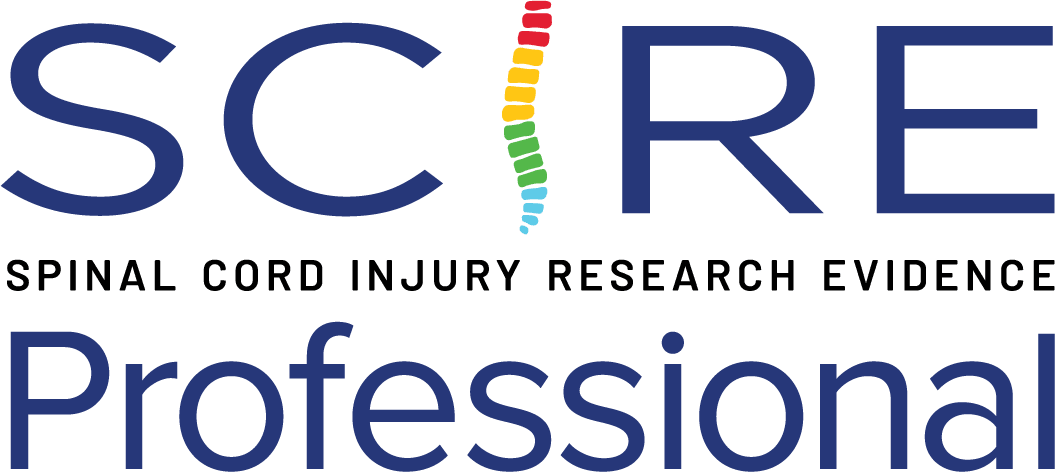Fluid and Salt Intake for Management of OH
OH is common among people with higher levels of SCI and may be present without symptoms. It often coexists with abnormal sodium and fluid metabolism; therefore, increases in fluid intake and a diet high in salt/sodium may expand extracellular fluid volume and improve orthostatic responses. This simple dietary intervention appears to be effective in individuals with idiopathic OH without SCI (Claydon & Hainsworth 2004; Davidson et al. 1976).
Discussion
Three out of four participants taking sodium/salt supplementation with meals in Frisbie and Steele’s (1997) study became independent of their use of Ephedrine. Frisbie (2004) demonstrated that the estimated daily intake of sodium and water was inversely related to participants’ Ephedrine requirements and suggested that greater sodium and water intake may lead to a more balanced renal action. Frisbie & Steele (1997) results suggest that sodium and fluid regulation in conjunction with other pharmacological interventions may reduce symptoms of OH. However, as no evidence exists on the effect of sodium/salt or fluid regulation alone for OH management in SCI, these conclusions should be interpreted with caution.
Conclusion
While there are currently no guidelines suggesting appropriate water and sodium intakes specific to individuals with SCI, expert recommendation suggests increasing fluid and sodium intake could help treat OH symptoms (Krassioukov et al. 2021).
